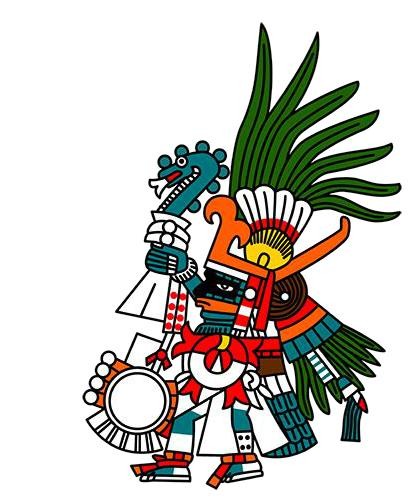By Kirby Vickery from the December 2017 Edition
Of late, I have been writing articles about animals and other objects and how each one of them fit into Aztec Mythology. I do this when I’m not in Manzanillo. While there, I enjoy telling about local happening of culture and color and I find fulfillment in that. While away, I have extended my Aztec Mythology reading and reporting because I find it fascinating. There is so much known, and yet so much hidden from us, by a society that existed not so long ago.
I had told our illustrious editor that I would write about an Aztec Owl. Boy, did I mess up. I can’t find a single story about an owl, other than one told about the last battle cry of the Aztec warrior during the invasion by Cortez. That story isn’t mythology, but it did open a plethora of stuff about the owl and its relationship with their god of the underworld, the depth of the belief system the Aztecs had in their gods (as controlled very tightly by the priest class), and an actual in-depth look on how their religion controlled their lives into their deaths. For me, it was an education even after four years of writing this article series.
In our western world, and its theological studies, we learn that there is heaven and there is hell. Some look to the study of Dante and, for them, as with others, there is purgatory as well. I am not a biblical scholar and was raised to believe when a per-son dies their soul goes to heaven, hell or purgatory. This is based on each individual’s actions during life, their faith and lifelong moral practices. Good, bad, or somewhere in between is to be decided by God. I kinda like the representation made by Dante. He envisioned several layers so your particular punishment would fit your particular sin. If you weren’t that bad, then you were judged and sent into purgatory to atone before you were allowed into heaven.
The Aztecs had a whole different system in their belief in the afterlife. Where each person went after they died wasn’t con-trolled by how they acted during their lives, what they believed or how strong their faith was, or even how well they performed their job in life. It was decided by the station they held or function they performed. There wasn’t anything that could be done about it unless the station changed.
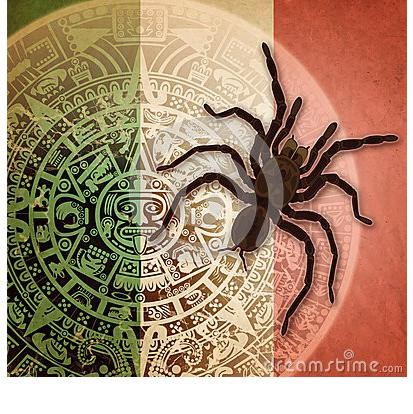
Those that made it all the way down to the lowest layer of Mictlan, or Hades, or hell, were those that died of natural causes. For them, then, an eternity of cleaning the halls of hell, so to speak, without light or rest. Dante’s Inferno was one thing but it didn’t hold a candle of what these Aztec people went through. These poor souls even had a treacherous four-year journey to get down there. First by boat, and then by agonizing trail into increasing darkness.
Another example, the Aztec afterlife placement was the place held for women who die giving child birth. Their forever task after death was to help push the sun across the sky to sunset. Not a bad way to spend eternity. They only had to work from noon to dusk. [I didn’t make that up, by the way.]
No warrior ended up in the underworld’s realm of Mictlan (Chicunauhmictlan} as ruled by its king, Michtelantecihuatl. They were all reincarnated as butterflies or hummingbirds. They came back this way to continue to help the gods create and improve life on earth. The warriors all knew this and subsequently were not afraid to die, even on someone else’s alter as a sacrifice.
That fact probably accounts for the final battle cry of the warriors defending against Hernán Cortez in the final stages of the battle for the control of what is now Mexico City.
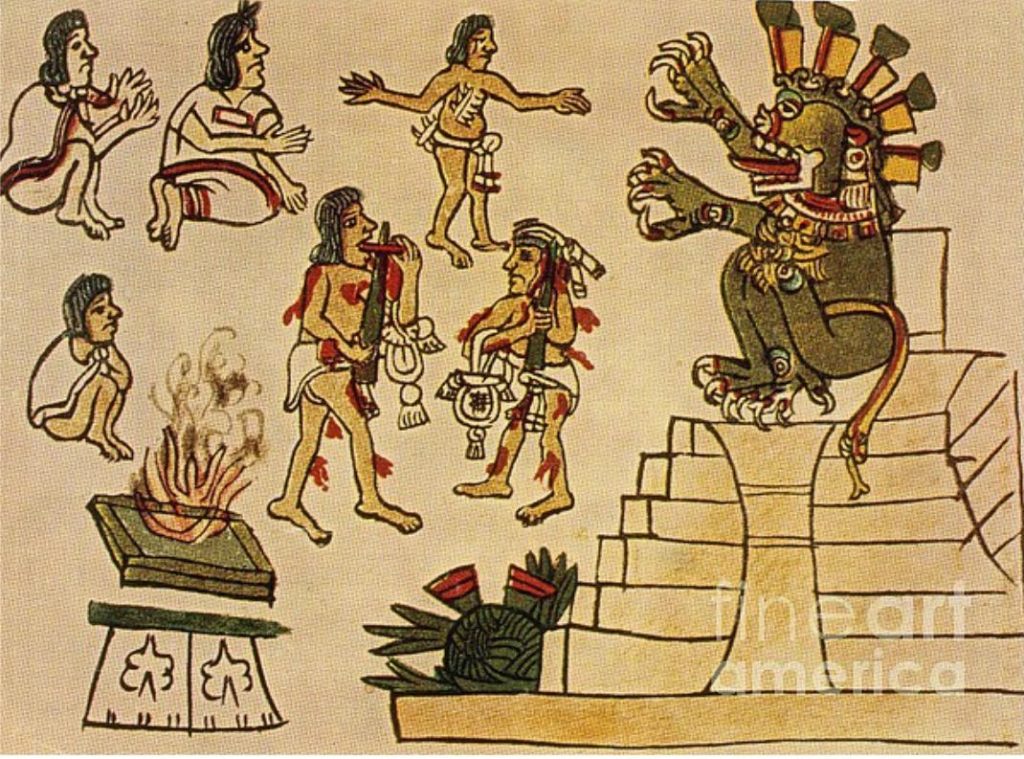
It’s true that Cortez didn’t lose that many of his men because he didn’t have that many to begin with and with their 13 horses, armor, and weaponry they were hard to kill. The big reason he didn’t lose that many was because of the 50,000+ Mesoamerican fighters he had with him from other hostile tribes to the Aztecs which went in first and followed out last to get killed.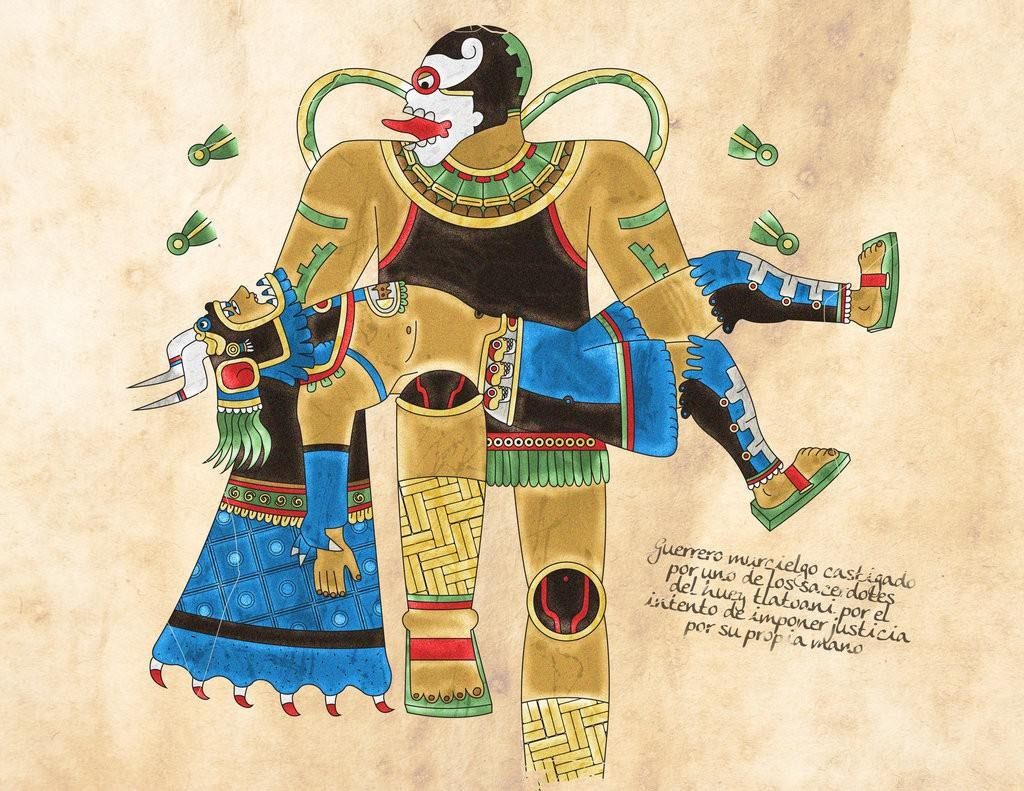
This, of course, came after the death of Moctezuma. The entire campaign was three years long and one of deceit and lies everywhere and is well worth reading. The Aztec warriors took up the battle cry of ‘The Owl’ at the last and throughout the battles with the Spanish. The Aztecs still practiced the traditional ceremonies and customs.
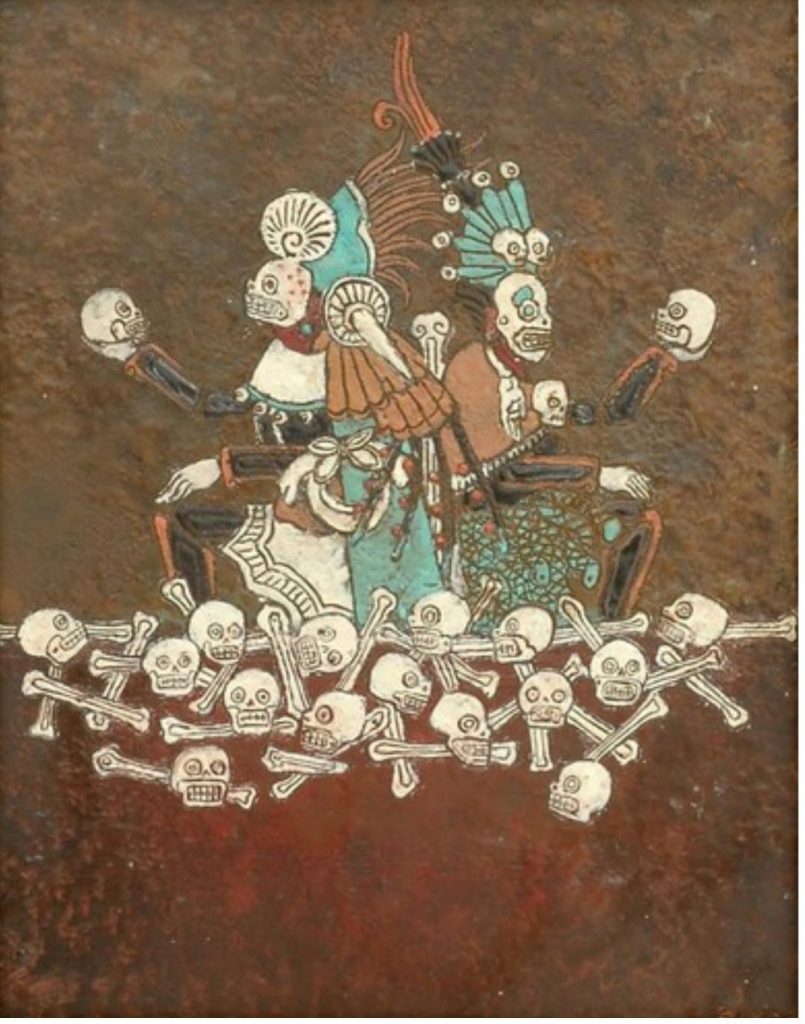
A warrior named Tlapaltecatl Opochtzin was chosen to be out-fitted to wear the quetzal owl costume. He was supplied with darts sacred to Huitzilopochtli, which came with wooden tips and flint tops. When he came, the Spanish soldiers appeared scared and intimidated. Then they chased the owl-warrior, but he was neither captured nor killed. The Aztecs took this as a good sign. Again, The Owl was a sign of the underworld and all the Aztec beliefs that went into their theology that they couldn’ t be killed, even by the smallpox which is what really did them in at the last.
Mictlantecuatl is always viewed with one or all of the creatures of the underworld. They are the owl, the bat, and the spider. He is normally presented as a skeleton or with a skull bone head with protruding teeth. Although I couldn’t find any cute mythological stories about the owl, I did find a really nice one of the bat which holds a good place in the Aztec Mythology.
Download the full edition or view it online
—
Kirby was born in a little burg just south of El Paso, Texas called Fabens. As he understand it, they we were passing through. His history reads like a road atlas. By the time he started school, he had lived in five places in two states. By the time he started high school, that list went to five states, four countries on three continents. Then he joined the Air Force after high school and one year of college and spent 23 years stationed in eleven or twelve places and traveled all over the place doing administrative, security, and electronic things. His final stay was being in charge of Air Force Recruiting in San Diego, Imperial, and Yuma counties. Upon retirement he went back to New England as a Quality Assurance Manager in electronics manufacturing before he was moved to Production Manager for the company’s Mexico operations. He moved to the Phoenix area and finally got his education and ended up teaching. He parted with the university and moved to Whidbey Island, Washington where he was introduced to Manzanillo, Mexico. It was there that he started to publish his monthly article for the Manzanillo Sun. He currently reside in Coupeville, WA, Edmonton, AB, and Manzanillo, Colima, Mexico, depending on whose having what medical problems and the time of year. His time is spent dieting, writing his second book, various articles and short stories, and sightseeing Canada, although that seems to be limited in the winter up there.


